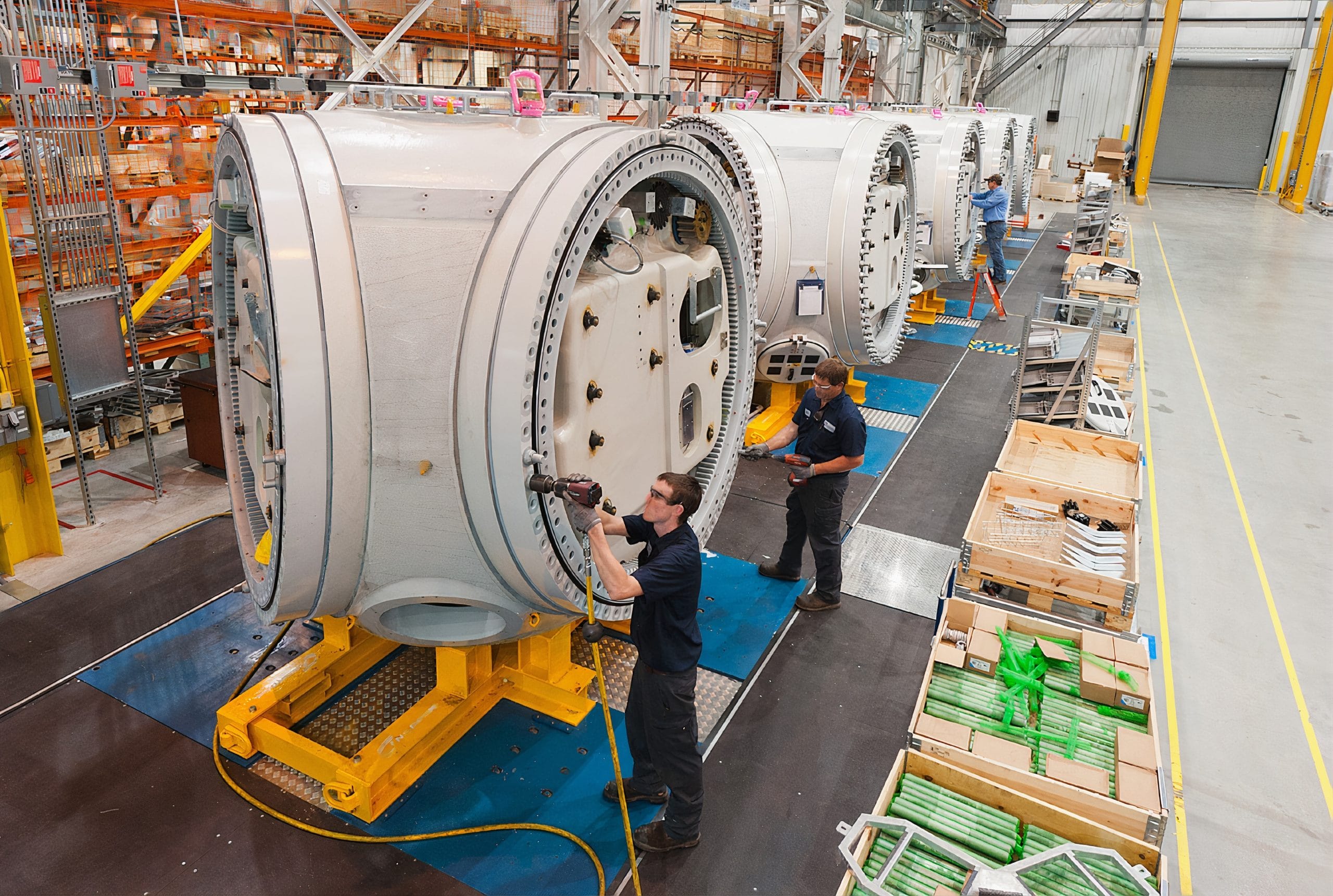Since Amazon’s introduction of drive-unit robots in 2012, the technology has created over 300,000 new, full-time jobs. Their robotic stow stations collaborate with people by using artificial intelligence and computer vision. There’s also the palletizer, which uses computer vision to stack products. It has 2D imaging, a laser sensor, and a 165 kilogram load capacity. Then there are the tech vests that help people communicate with robots and provide another layer of safety as workers navigate the designated areas robots work in.
Amazon Robotics now has over 100,000 robotic systems across 25 fulfillment centers. TechCrunch reports that with Amazon’s acquisition of robotics firm Canvas Technology, autonomous robots will soon be joining the team. Amazon believes that people working alongside robots can work smarter, improve safety, and provide a better workplace. This video posted by Amazon shows a day in the life with robots at an Amazon fulfillment center. The employees all appear ecstatic to be working with their robotic counterparts.
Efficiency through automation means freeing up people to perform the problem-solving tasks necessary to create a better customer experience. Tye Brady, Amazon Robotics chief technologist and a founding partner of MassRobotics, says that the fulfillment center machines “help make us smarter. Our three principles – lower prices, wider selection, and enhanced customer experience – will not scale up by manual labor only. They keep accelerating and growing only if we augment and supplement human intelligence with machine intelligence.”
Ever wonder how people and robots team up on your Amazon order?
Wherever you stand on the politics of Amazon, it is impressive to see what they have managed to accomplish through human-robot collaboration. Brady says “There is no limit on robotics – on the forms robots can take or on the tasks they can accomplish – and the benefits are immeasurable.”
Reality Changing Observations:
1. How has technology changed the way you work in the last five years? In the last year?
2. What advancements in technology would you like to see that would make your job “smarter”?
3. What are some other companies that are adopting robotic technology?





